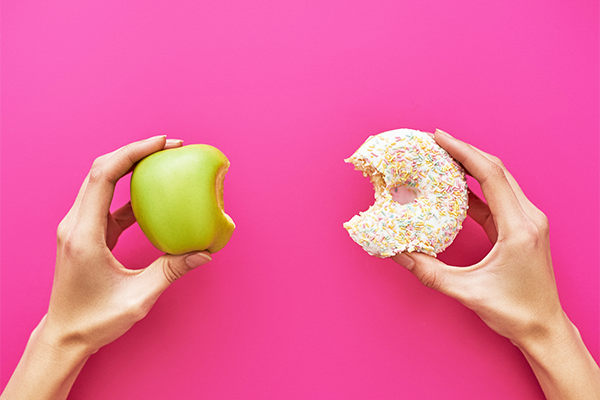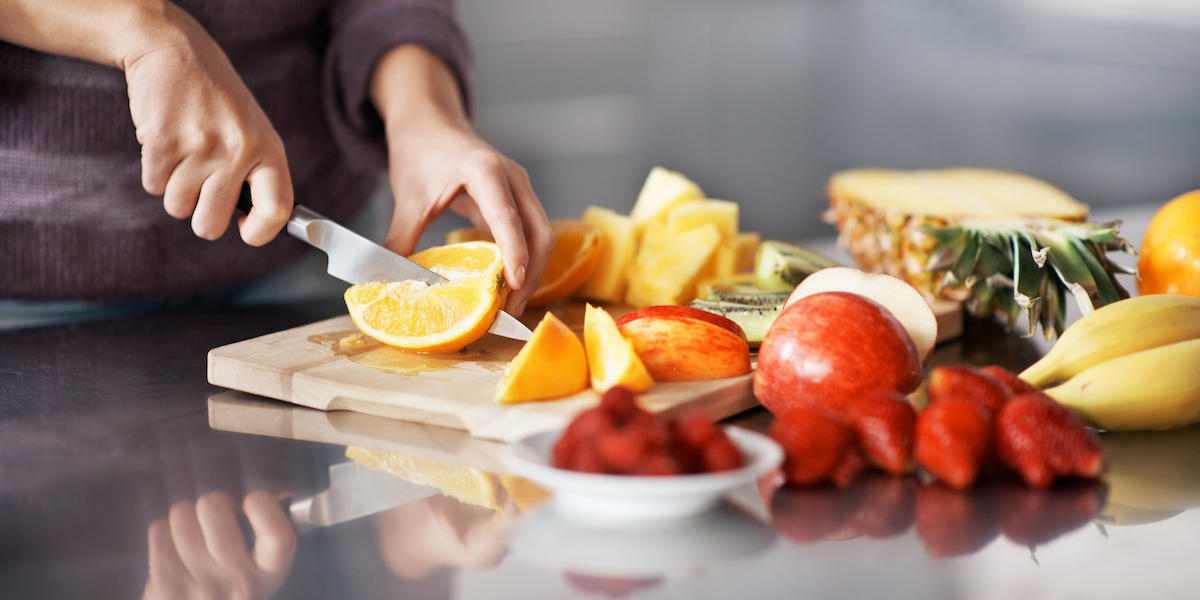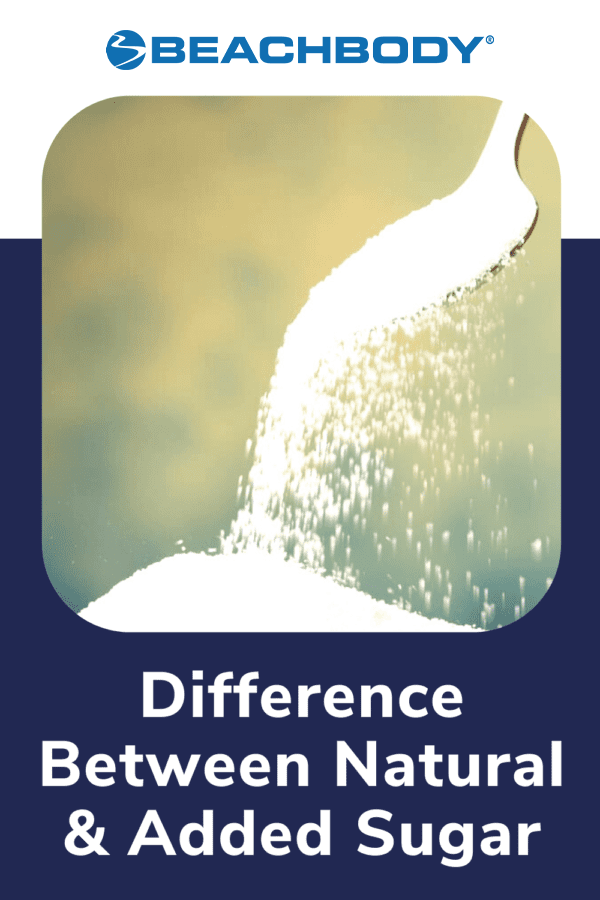By now you’ve probably heard that eating less sugar can be beneficial for your health.
But fun fact: There are different kinds of sugars out there! Two kinds, to be exact. There’s natural sugar and added sugar.
“Our brains need sugar to survive — natural sugar,” says Keri Glassman, MS, RD, CDN.
But your brain and body can do without added sugar, which is put into foods that don’t usually contain sugar.
Here’s a deeper dive into the difference between the two sugars, and how you can use this knowledge to better your eating habits.
What Are Natural and Added Sugars?

- Natural sugars are found in foods from the start. They appear in foods like fruits, some vegetables, and dairy.
- Added sugars are not native to foods, and are added to enhance flavor.
Even when sugar comes from a seemingly healthy source, such as honey or agave, it’s considered an added sugar if it wasn’t in the food to begin with.
While it’s true that these substances may have nominally more nutritional value than straight-up processed sugar, they’re still lacking in fiber and therefore have a similar impact.
For example, a serving of plain nonfat Greek yogurt has almost five grams of naturally occurring sugar. This is sugar that is in the yogurt from the get-go.
But a serving of sweetened vanilla nonfat Greek yogurt has 14 grams of sugar, some of which was added during the manufacturing process.
What’s the Difference Between Natural and Added Sugars?
Here’s the surprising part about sugar: “There is no chemical difference between natural and added sugar,” explains Dr. Robert Lustig, MD, MSL, who’s based in San Francisco. “They’re made of the same molecules — glucose and fructose.” There’s also lactose, which is in dairy products.
Technically, your body can’t tell the difference between natural sugar and added sugar.
That means a scoop of table sugar, a squeeze of agave, and the lactose in that Greek yogurt is processed in your body the same way.
Sugar is sugar, no matter what name it has.
But there is a difference in the foods that contain these sugars.
Foods with natural sugars come with other healthy components, like fiber and nutrients, that offer your body well-rounded nutrition and help your body process sugar in a healthier fashion.
On the other hand, added sugar doesn’t offer these benefits and, when consumed in excess, does more harm than good.
Is Sugar in Fruit Bad for You?

You don’t need to be concerned about sugar in fruit. When you eat naturally occurring sugar in whole fruits and vegetables, it comes with the benefits of fiber.
“When you consume (soluble) fiber, it forms a gel in your intestine that creates a barrier to slow down the absorption of fructose, which protects your liver,” Lustig explains.
However, “when you eat added sugar without fiber, you’re flooding your liver,” says Lustig.
When you overwhelm the liver with fructose, it turns the excess amounts into fat, he adds.
Is Added Sugar Bad for You?
“Consuming too many foods with added sugars is simply a waste of your daily caloric intake,” says Michele Promaulayko, author of Sugar Free 3.
And worse than wasting your calories, you could also be damaging your short- and long-term health.
“The low-grade inflammation your body may experience when you overconsume added sugars can put it under stress and lead to poor health,” she says. “By eliminating added sugars from your diet, your gut can better perform its essential function as gatekeeper.”
What foods contain added sugar?
There are some surprising foods that contain added sugar. “Most shoppers assume they only need to look out for added sugars in sweet foods, such as cookies and cakes,” Promaulayko says.
“However, added sugar, refined carbs, and artificial sweeteners are also present in many major brands of pasta sauce, bread, granola bars, yogurt, ketchup, salad dressings, and more.”
In order to avoid consuming added sugar, all you need to do is read the ingredient list of your food. If the list contains sugar or any of it’s other names, then it’s a food with added sugar.

